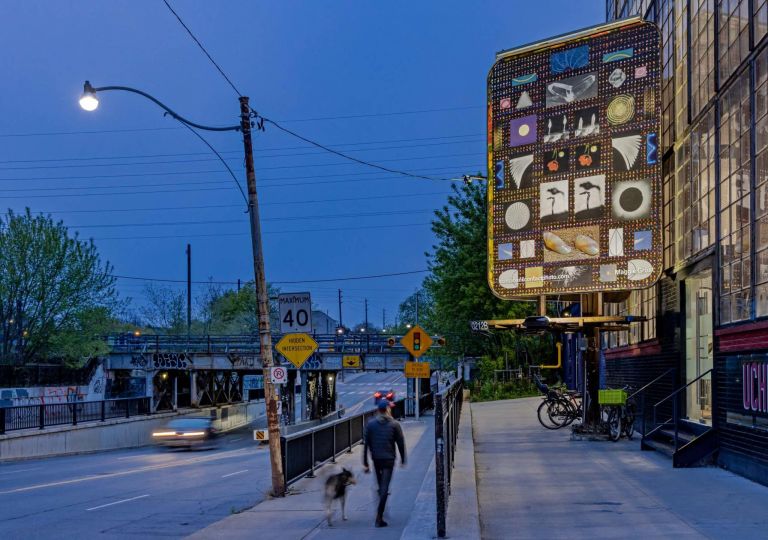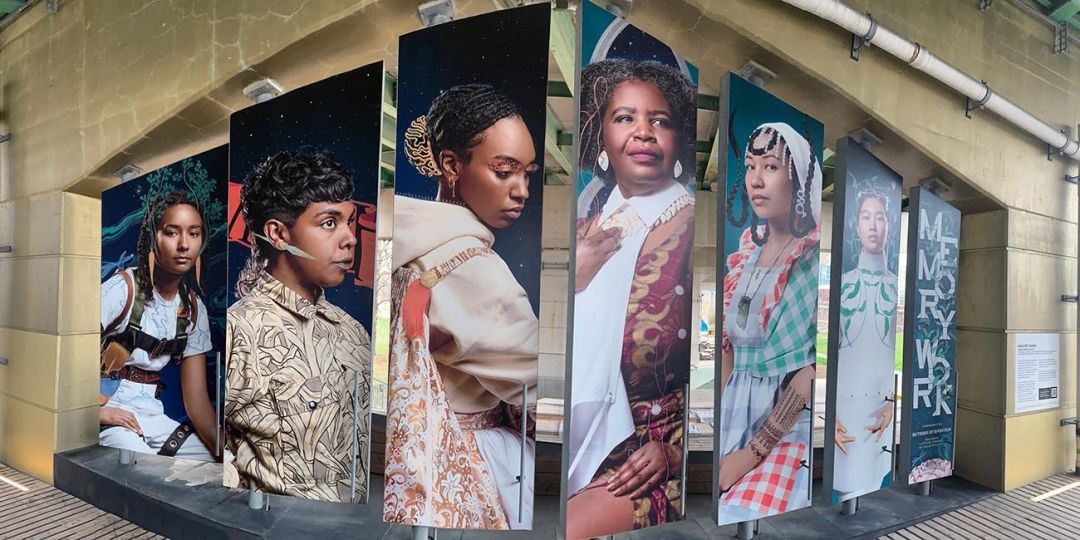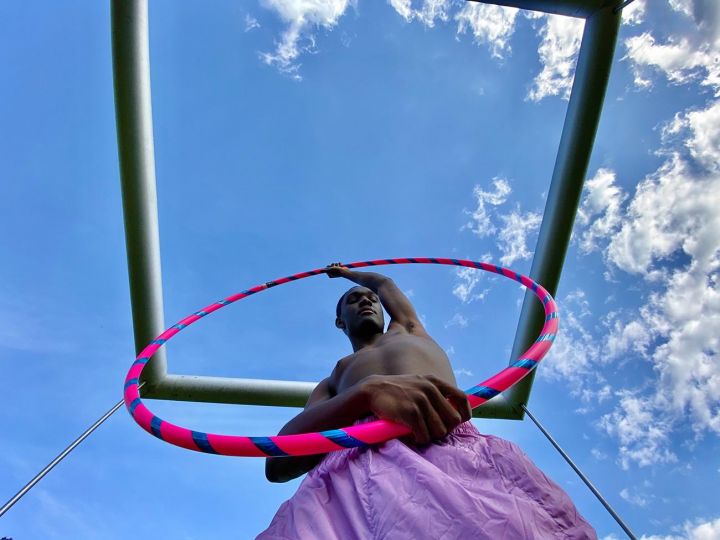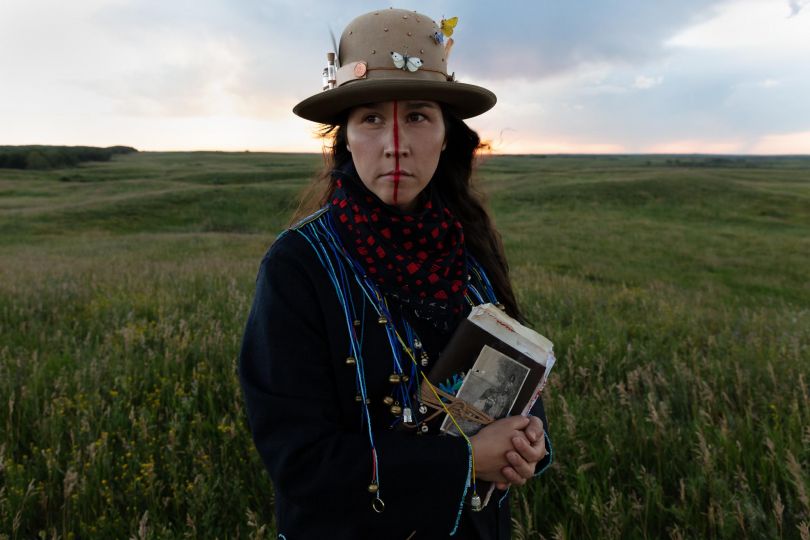Currently on view in Toronto throughout the month of May, the Scotiabank CONTACT Photography Festival is once again bringing together a myriad of established and emerging photographers in exhibitions throughout the city, with greater commitment to the environment .
During our last exchange with Darcy Killeen, general manager of CONTACT, the ecological and environmental dimension was discussed as a fundamental component of the festival: “It is a subject that is very important for us and for many artists, so there are many exhibitions that relate to it (…)”.
So, while monumental photographic installations are all over the city, requiring a lot of resources in terms of energy and production, the festival is innovating in terms of recycling and prosperity of these installations. Impelling a new way of integrating the work into the city at a time when the energy crisis and the climate emergency are imposing their first consequences, the festival pushes for a whole new reflection on both creating and exhibiting the work.
Culture, and in particular the visual arts, like other human activities, consumes a lot of energy and materials. It should therefore also adapt to the ecological issues and environmental challenges we face. Eco-design is what artists like Maggie Groat put at the heart of their creations. The work of this Canadian artist and photographer is being showcased at the festival through three exhibitions, one at the CONTACT Gallery and two at outdoor installations.
“We are trying to find ways to create more ethical temporary installations. Maggie Groat is an inspiration, because she uses totally sustainable materials, everything is recycled or recyclable, she doesn’t work with anything new that will be thrown away later. These are important trends that we are seeing, not only in the appearance of the artwork, but also in the deeper consideration of its total life cycle, from production to environmental impact,” adds Darcy Killeen.
If this approach could be an example to follow for many other artistic events, it is not without its financial and technical problems. It is still difficult to recycle all art installation projects. According to Heather Canlas Rigg, the festival’s artistic director, “This requires considerable technical, administrative and financial resources, so we are still considering the best approach to reduce our environmental footprint. We have begun researching alternative materials to vinyl and discussing with our suppliers and producers the least environmentally damaging and wasteful installation practices for the future.”
Everything remains to be done and imagined, but such an approach can only be welcomed, as it marks the beginning of a reflection that could perhaps also inspire a public policy of support and transition. In the meantime, artists and events such as the Scotiabank CONTACT Photography Festival seem to have taken up this issue, which is more topical than ever.
Marie Pellicier
May 4, 2023



























